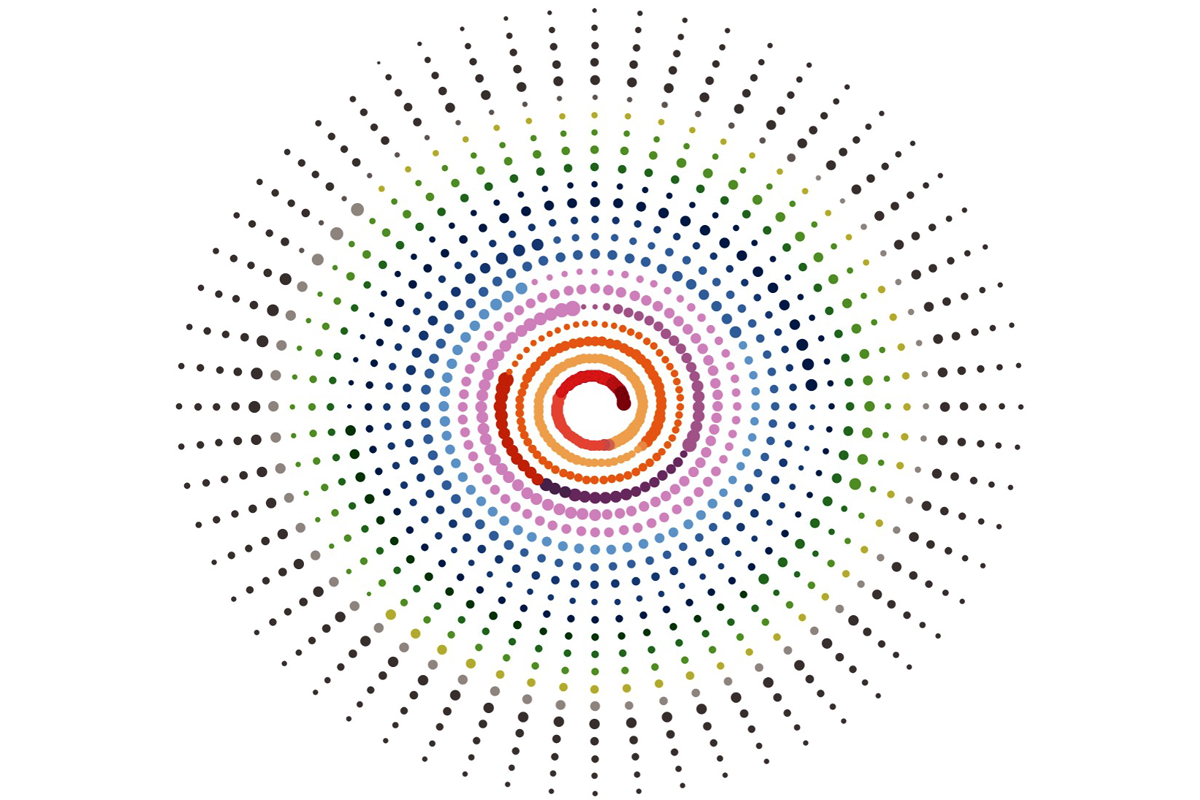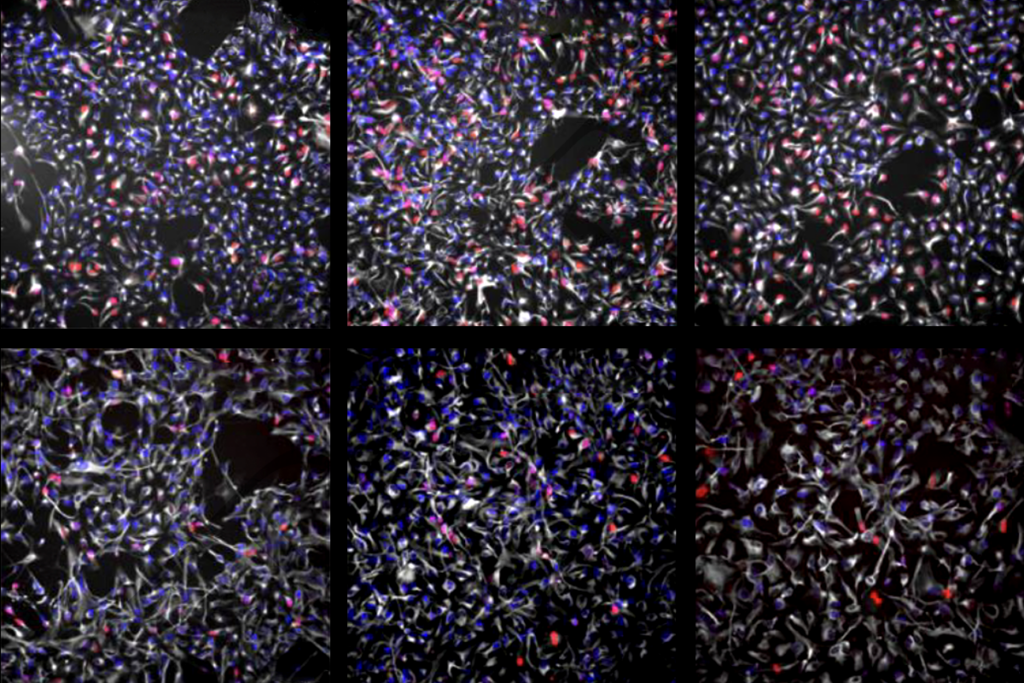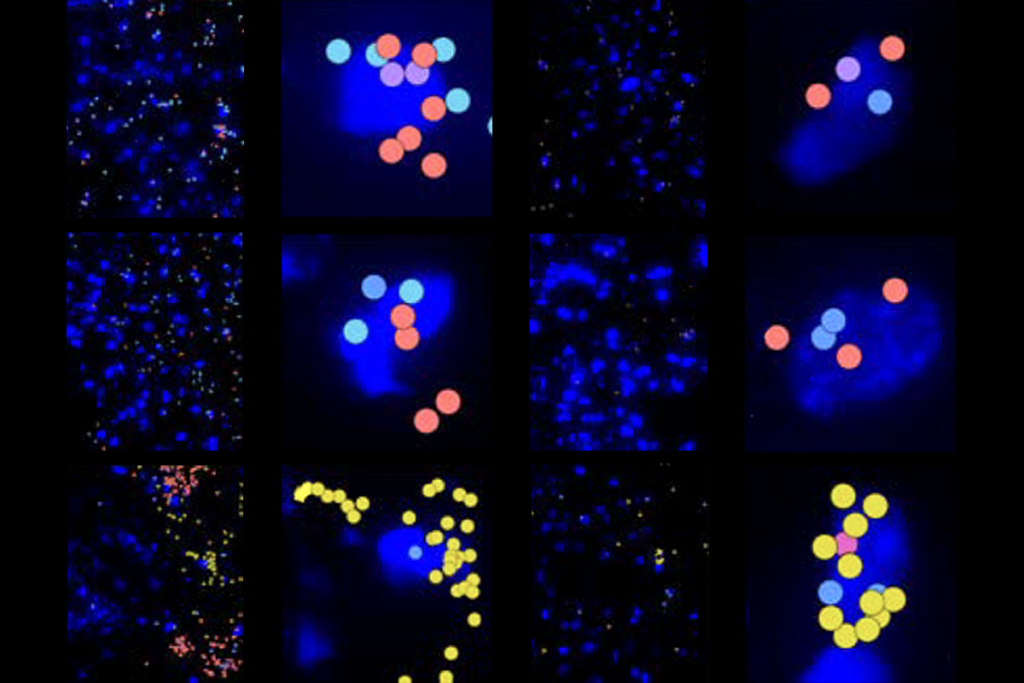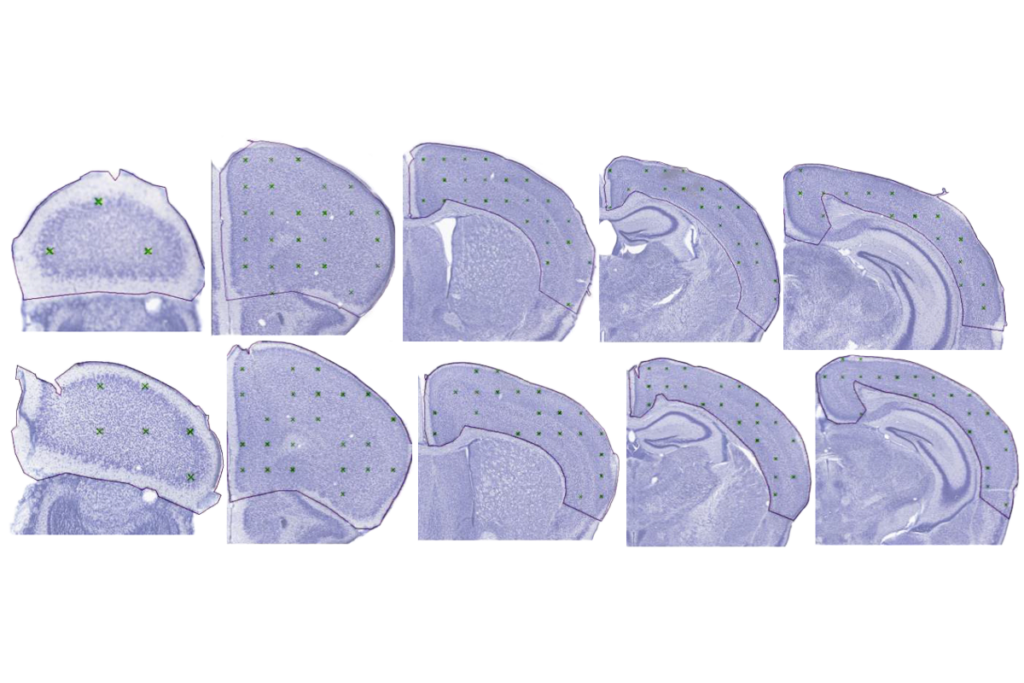- Infants with fragile X syndrome show greater developmental delays than infants with a family history of autism who are later diagnosed with autism. Journal of Neurodevelopmental Disorders
- Disparities in specialized autism assessments exist across racial and ethnic groups, and also across economic groups, according to a review of records from the U.S.-based Autism and Developmental Disabilities Monitoring Network. Paediatric and Perinatal Epidemiology
- About 40 percent of children and adolescents with autism have expressed to their caregivers a wish to die. About 20 percent wanted to end their own life. These suicidal thoughts emerge as early as 8 years of age. JAMA Pediatrics
- Mice with missense mutations of the DNMT3A gene—linked to Tatton-Brown-Rahman syndrome, a condition characterized by autism traits, overgrowth and intellectual disability—have skeletal overgrowth and bone thinning. Bone
- The SHANK3 transcriptome is altered in postmortem brains from autistic people and in mouse models of autism, according to a preprint. bioRxiv
Fragile X syndrome; DNMT3A gene; SHANK3 transcriptome
Here is a roundup of autism-related news and research spotted around the web for the week of 8 April.
By
Jill Adams
9 April 2024 | 2 min read

Many messengers: A multitude of unique mRNA transcripts (dots) containing unique combinations of functional domains (colors) are found in mice missing SHANK genes.
- Two 19-year-old identical twins with autism demonstrate the diversity of the condition, with one in college and the other attending a specialized school. NPR
- Mice missing the gene FMR1, a model of fragile X syndrome, have altered retinal ganglion cells and decreased sensitivity to light, according to a preprint. bioRxiv
- Variants of the gene FOXP1 can lead to neurodevelopmental conditions and congenital abnormalities, including diaphragmatic hernia. Journal of Pediatric Genetics
If you or someone you know is having suicidal thoughts, help is available. Here is a worldwide directory of resources and hotlines that you can call for support.
tags:
Recommended reading

INSAR takes ‘intentional break’ from annual summer webinar series
By
Lauren Schenkman
30 June 2025 | 4 min read

Dosage of X or Y chromosome relates to distinct outcomes; and more
By
Daisy Yuhas
24 June 2025 | 2 min read
Explore more from The Transmitter

Machine learning spots neural progenitors in adult human brains
By
Claudia López Lloreda
3 July 2025 | 7 min listen
Xiao-Jing Wang outlines the future of theoretical neuroscience
By
Paul Middlebrooks
2 July 2025 | 112 min listen

Memory study sparks debate over statistical methods
By
Katie Moisse
2 July 2025 | 5 min read
Cite this article:
